Making a Collection of Insects

A collection of insects is always appealing for spectators especially on science fair projects. The collection may consist of the sample insect used in the project, any species of insects found in a single ecosystem, or even the life cycle or life stages that the insect takes which will be very useful for insect researches as specimen.
If you decide to include a collection in your project, you’ll need some useful collecting gears to achieve this. First, ascertain that the field guide that you are using has with it guidelines in collecting insects.
The next essential thing you will definitely need is an insect-collecting net. Depending on the project you select, you’ll need a butterfly net for capturing insects in air, a sweep net for gathering insects in vegetation, or an aquatic net for catching insects in or on water. These nets can be purchased in science or nature stores or from a science supply house, but you might be able to borrow one from your school. There are dual-purpose nets that do well for both aerial and sweep situations. In most cases, large fine sieves or strainers can be used instead of aquatic nets.
The next thing that you will need for insect collecting is an insect “ killing jar, “ which can be made or purchased from a supply house. A killing jar is a container, such as a mayonnaise jar, with a lid that can close tightly and a substance at the bottom, such as plaster of paris, that can absorb fluid. An activating fluid is soaked into the plaster of paris. This activating fluid produces fumes that kill the insects. Nail polish remover can be used as an activating fluid, but ethyl acetate is preferred. Ethyl acetate is available from scientific supply houses but may be available at your school. If you want to build your own jar, follow these instructions. Fill the bottom of a mayonnaise jar with about 1 inch of plaster of paris and add water according to the instructions for plaster. When the plaster is completely dry, pour into the jar a small amount of ethyl acetate, which will act as the activating fluid. This fluid should be completely absorbed by the plaster of paris. The fluid must be replenished occasionally, since it evaporates each time that the jar is opened. The more the jar is opened, the sooner it must be replenished with fluid.
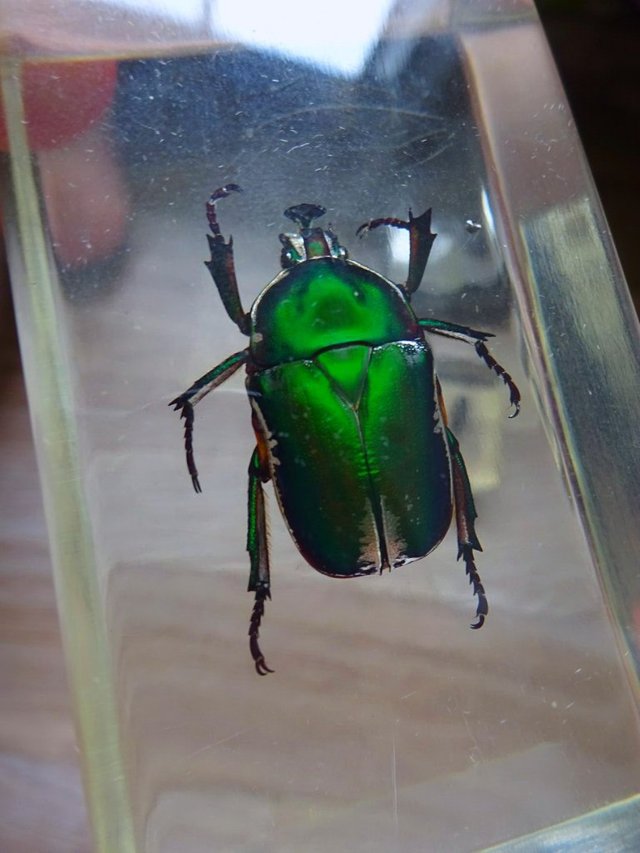
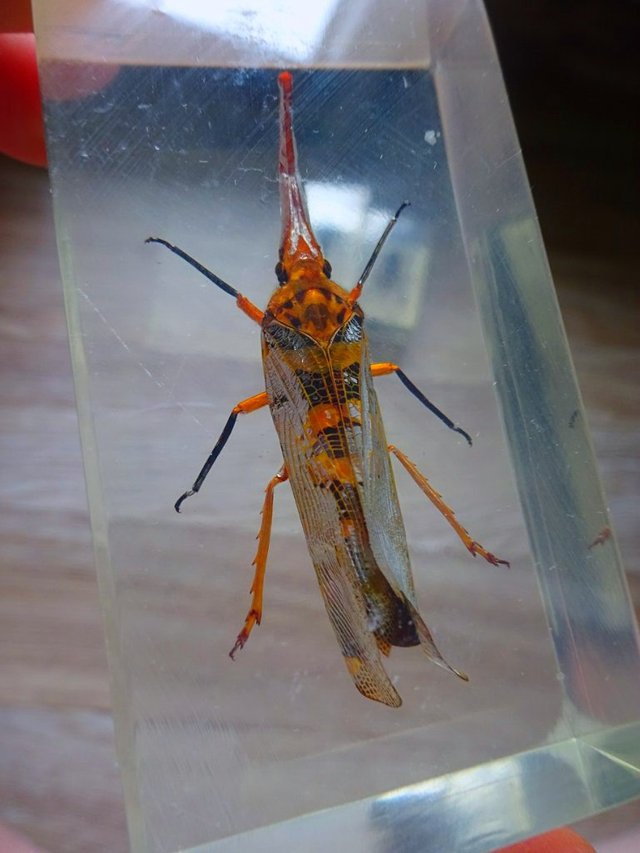
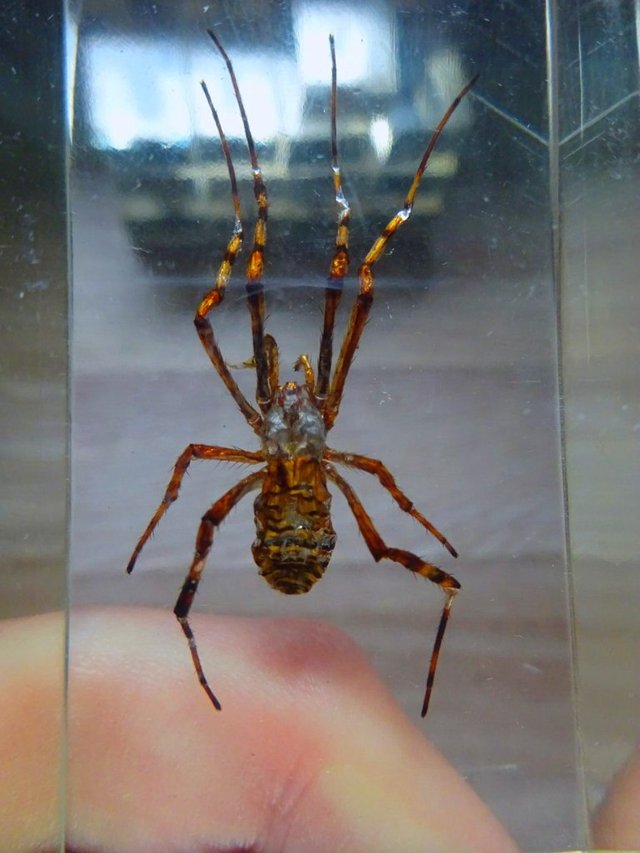
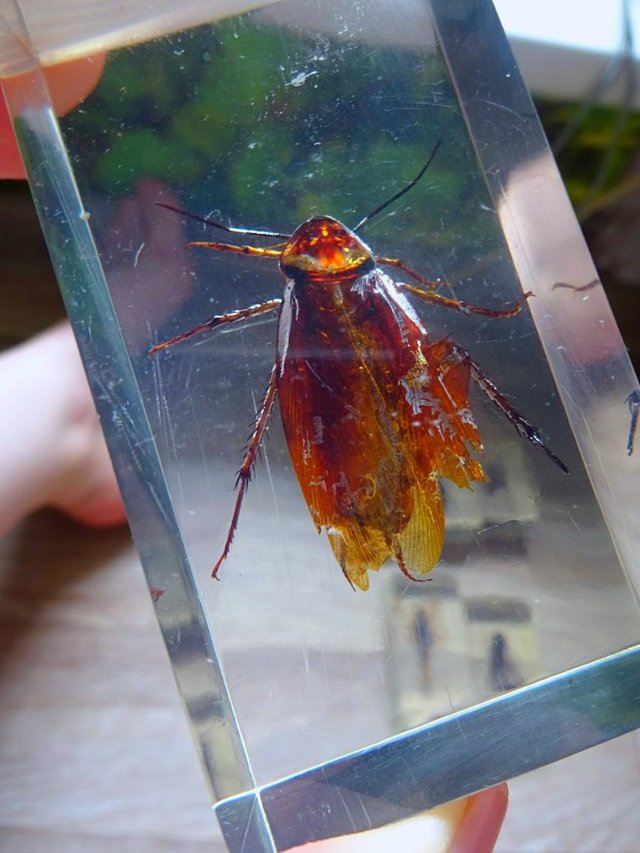
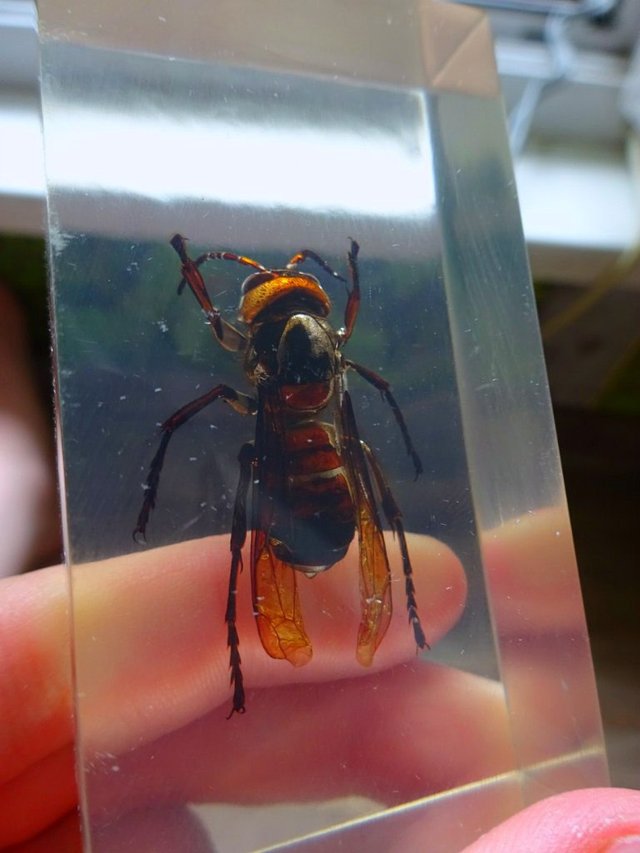
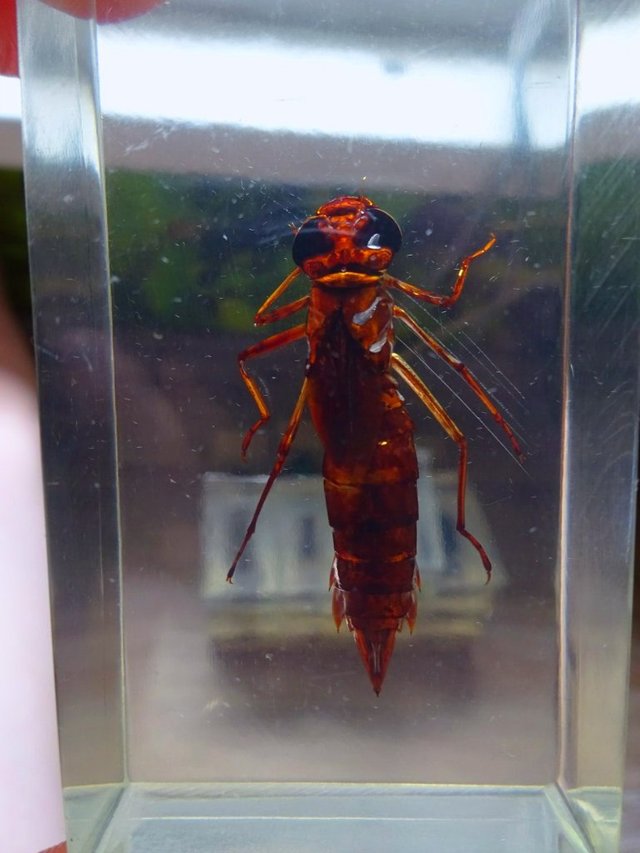
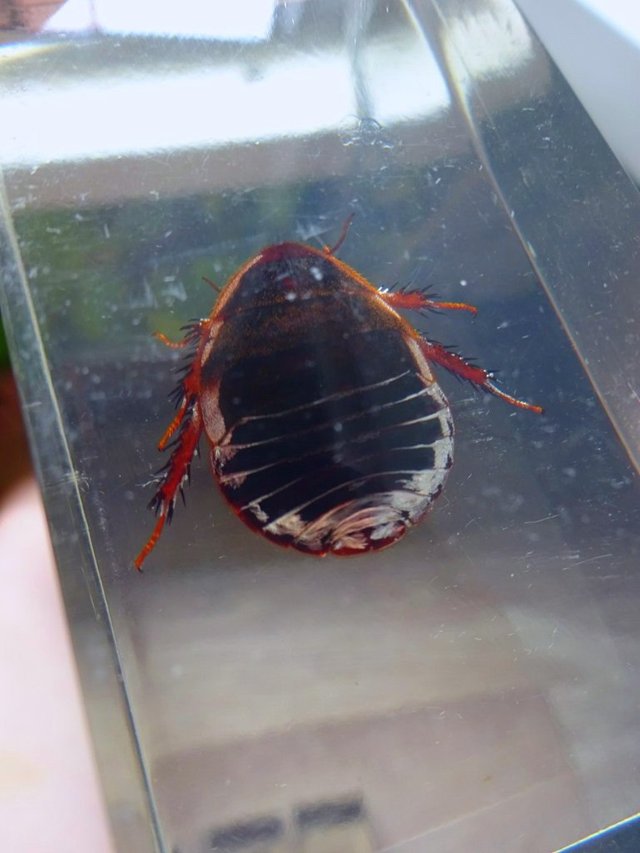
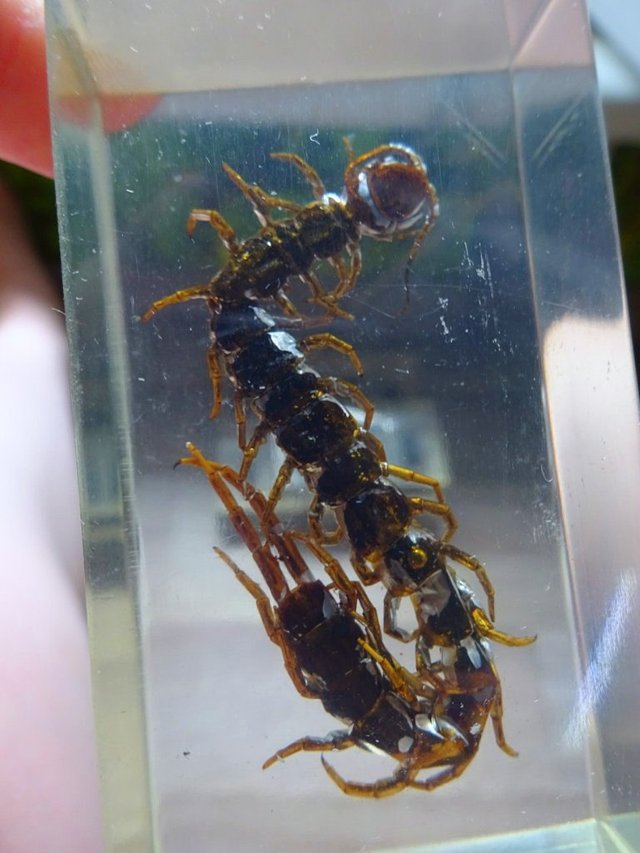
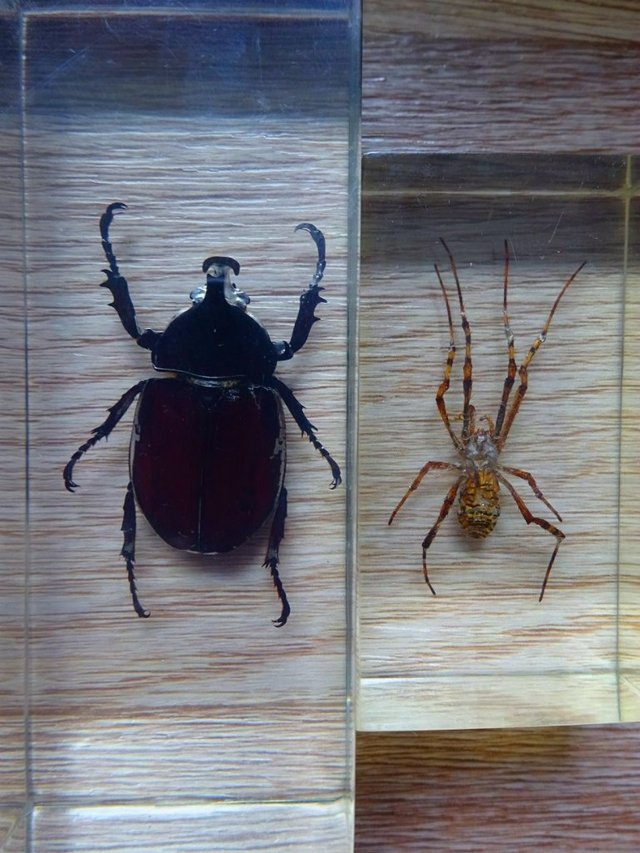
Collection Techniques
A large numbers of small insects can be collected rapidly with a sweep net in tall vegetation, such as an overgrown field. To “sweep net,” move the net rapidly back and forth through the grass in front of you while walking slowly through the field. The net should be hitting the top few inches of the vegetation. Walk and sweep in this manner for about 5 minutes. To stop, flip the net closed by twisting the net opening downwards. This procedure folds the net over the net rim and traps the insects inside. Most of the insects will be in the bottom of the net. Stick the bottom portion of the net (containing the insects) into the killing jar and hold the jar over the top. After a few minutes the insects will be incapacitated. Remove the net from the jar and dump the insects out of the net into the killing jar. Seal the jar tightly and leave the insects in the jar at least one hour.
Very small flying insects can be difficult to catch, so consider making a collecting aspirator, which is simply a glass vial with a two-hole rubber stopper at the end. An angled glass tube sticks out of one hole and a plastic hose comes out of the other hole. You place the glass tube near the insect to be collected and suck on the hose at the other end. This sucks the insect into the cylinder. A fine net at the end of the tube assures that you don’t accidentally suck the insect through the tube and into your mouth.
With a net, large flying insects can be collected individually. You can also use tweezers or forceps to pick up small insects that you find in wood, leaf litter, or a stream or pond. Insects can be found almost anywhere. Look in your field guide for more suggestions about how to collect insects.
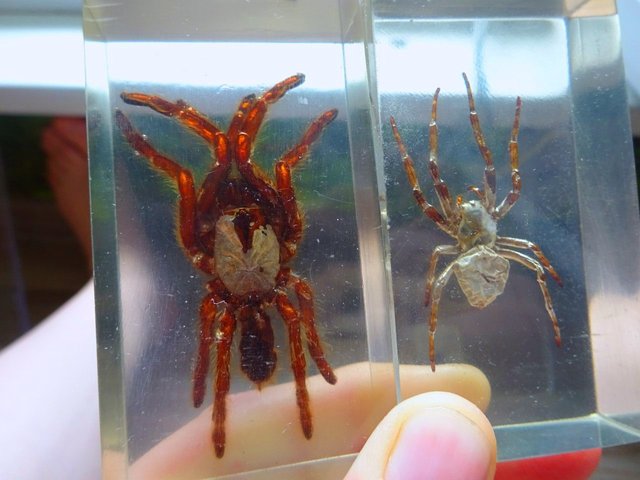
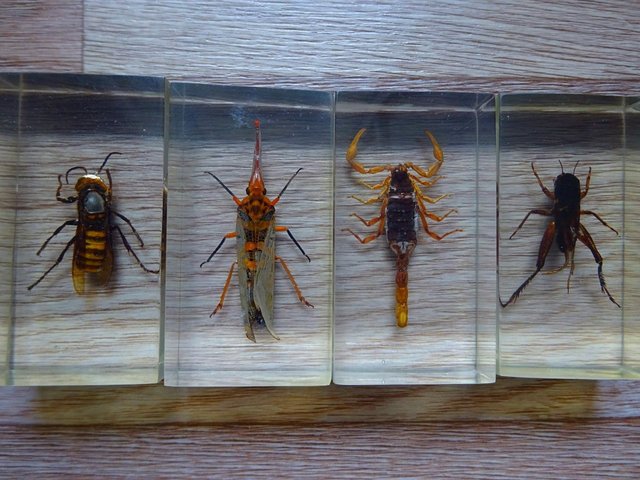
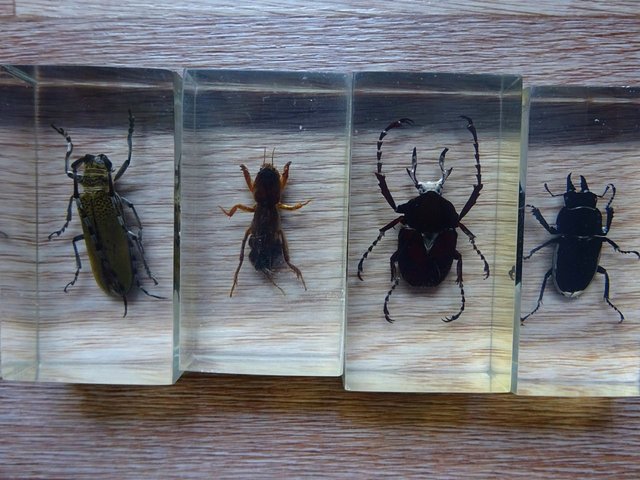
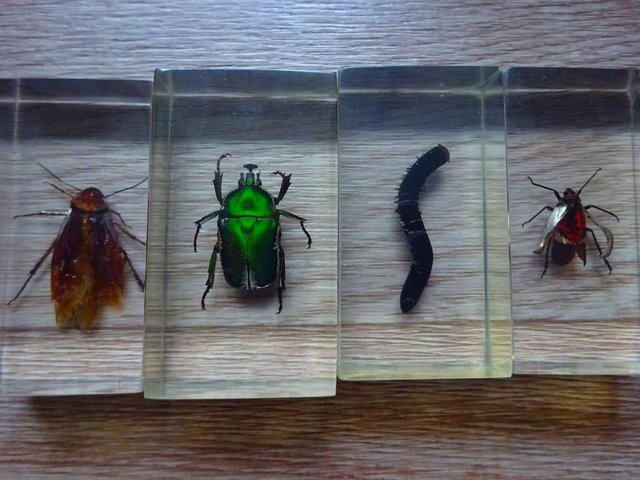
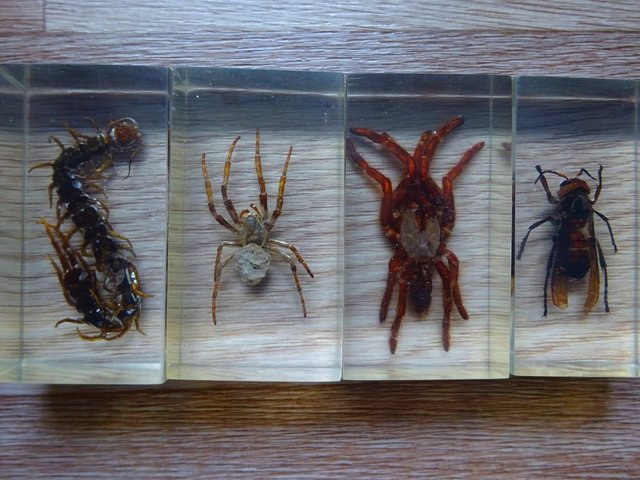
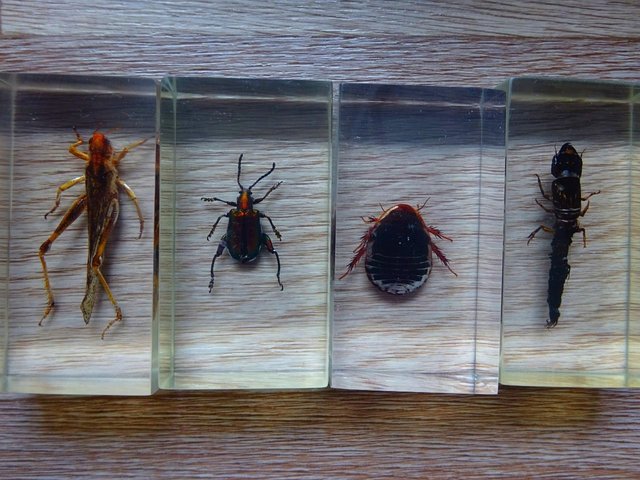
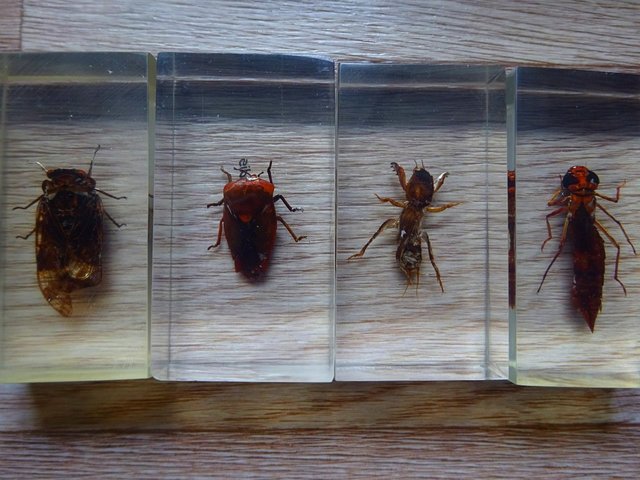
Preservation and display of your collection
Wonder how you can exhibit the insects you’ve caught? Insects can be pinned and stored in a box , or they can be placed in Riker Mounts, which are glass covered boxes filled with cotton. The cotton protects the insects, and the glass cover lets you view the insects within. Soft-bodied insects can be placed in vials filled with 70% rubbing alcohol so that they won’t deteriorate. Your insect field guide my show details on collecting, pinning, and mounting insects you’ve captured.
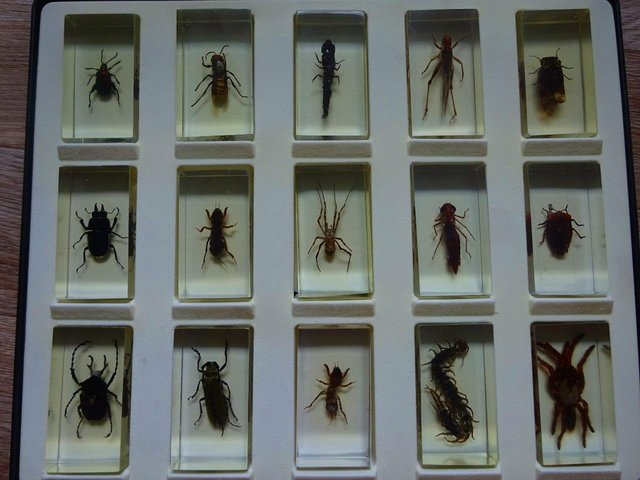
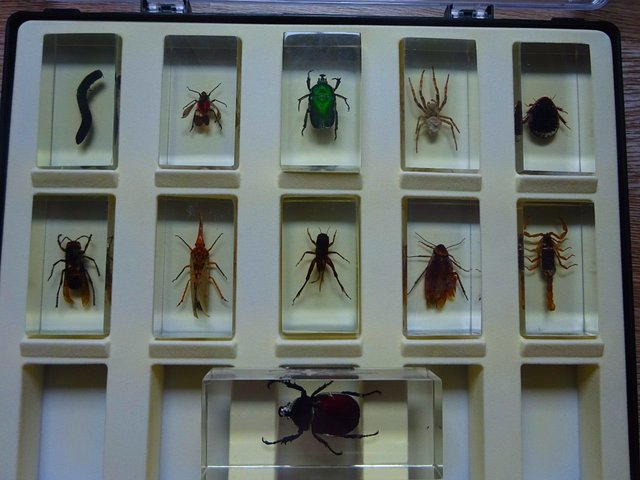



Nice Post and awsome click and beautifull and different tpye of insect..!
Thank you very much for your pleasant feedback)
welcome..
SOO many bugs!! :D Nice post :)
Upvoted and Resteemed.
Thank you so much @photobomb!
This post recieved an upvote from minnowpond. If you would like to recieve upvotes from minnowpond on all your posts, simply FOLLOW @minnowpond
This post was resteemed by @resteembot!
Good Luck!
Curious? Check out:
The @resteembot users are a small but growing community.
Check out the other resteemed posts in resteembot's feed.
Some of them are truly great.
You were lucky! Your post was selected for an upvote!

Read about that initiative
Nice post and a vide variety of interesting insects. This whale got no insects. Better start stacking'!
Like all post.
thank you!
This wonderful post has received a bellyrub 2.72 % upvote from @bellyrub thanks to this cool cat: @tanata. My pops @zeartul is one of your top steemit witness, if you like my bellyrubs please go vote for him, if you love what he is doing vote for this comment as well.
This post has received a 11.9 % upvote from @boomerang thanks to: @tanata
@boomerang distributes 100% of the SBD and up to 80% of the Curation Rewards to STEEM POWER Delegators. If you want to bid for votes or want to delegate SP please read the @boomerang whitepaper.
This post has received a 11.11 % upvote from @buildawhale thanks to: @tanata. Send at least 0.100 SBD to @buildawhale with a post link in the memo field to bid for a portiona of the next 100% upvote.
To support our curation initiative, please vote on my owner, @themarkymark, as a Steem Witness